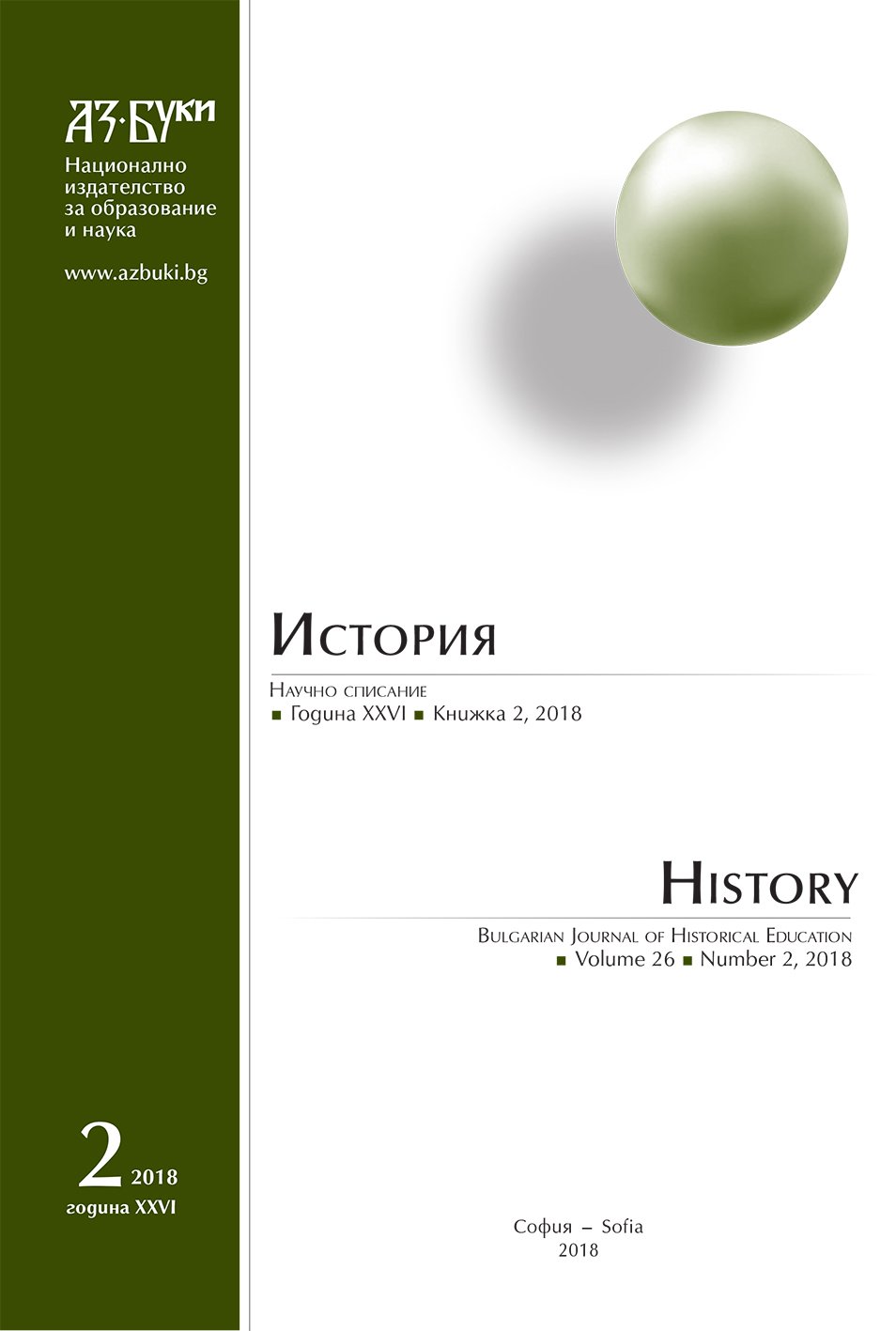Ролята на „китайската карта“ в съветско-американските отношения: американската перспектива, 1969 – 1972 г.
The Role of the “China Card” in U.S. – Soviet Relations, 1969 – 1972: the American Perspective
Author(s): Ivana NikolovaSubject(s): History, Social Sciences, Education, Sociology, Diplomatic history, Economic history, History of ideas, Political history, Recent History (1900 till today), Adult Education, Social development, Social differentiation, Crowd Psychology: Mass phenomena and political interactions, Policy, planning, forecast and speculation, Demography and human biology, Economic development, Post-War period (1950 - 1989), History of Communism, Cold-War History, Social Norms / Social Control, Sociology of Politics, Globalization, Inclusive Education / Inclusion, Identity of Collectives
Published by: Национално издателство за образование и наука „Аз-буки“
Keywords: Cold War; U.S.-Soviet relations; U.S.-Sino relations; Détente; Triangular diplomacy; Vietnam war; U.S. foreign policy
Summary/Abstract: The article focuses on the question how the normalization of U.S. –Soviet relations in the beginning of the 1970s influenced the communication between the superpowers. Four main aspects of the dealings between the United States and the Soviet Union are discussed. They are: the negotiations about the status of Berlin and SALT I; the India-Pakistan and Vietnam wars in the context of relations between the two principal powers of the Cold War period. The main conclusion presented is that triangular diplomacy played an effective role in Europe, but a destructive one in Asia.
Journal: История
- Issue Year: 26/2018
- Issue No: 2
- Page Range: 143-168
- Page Count: 26
- Language: Bulgarian
- Content File-PDF

